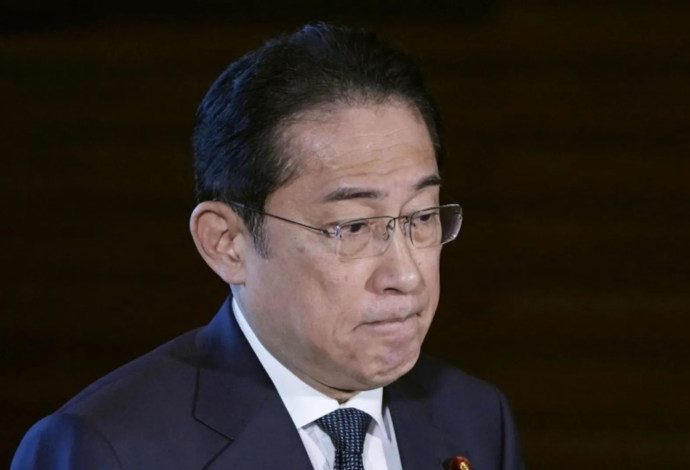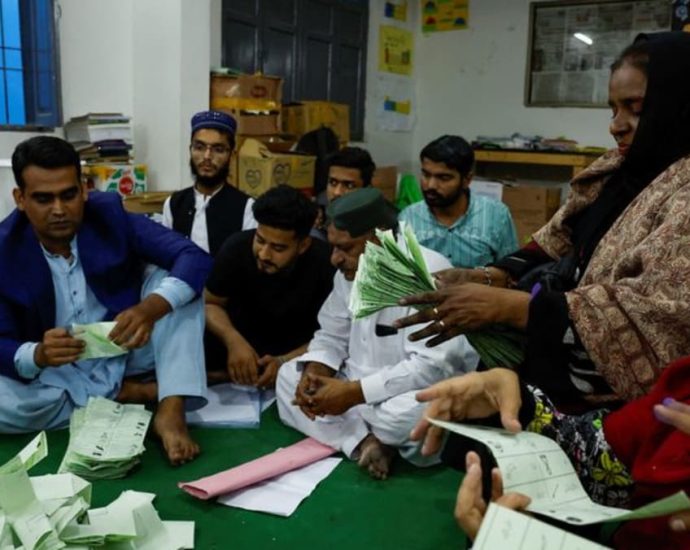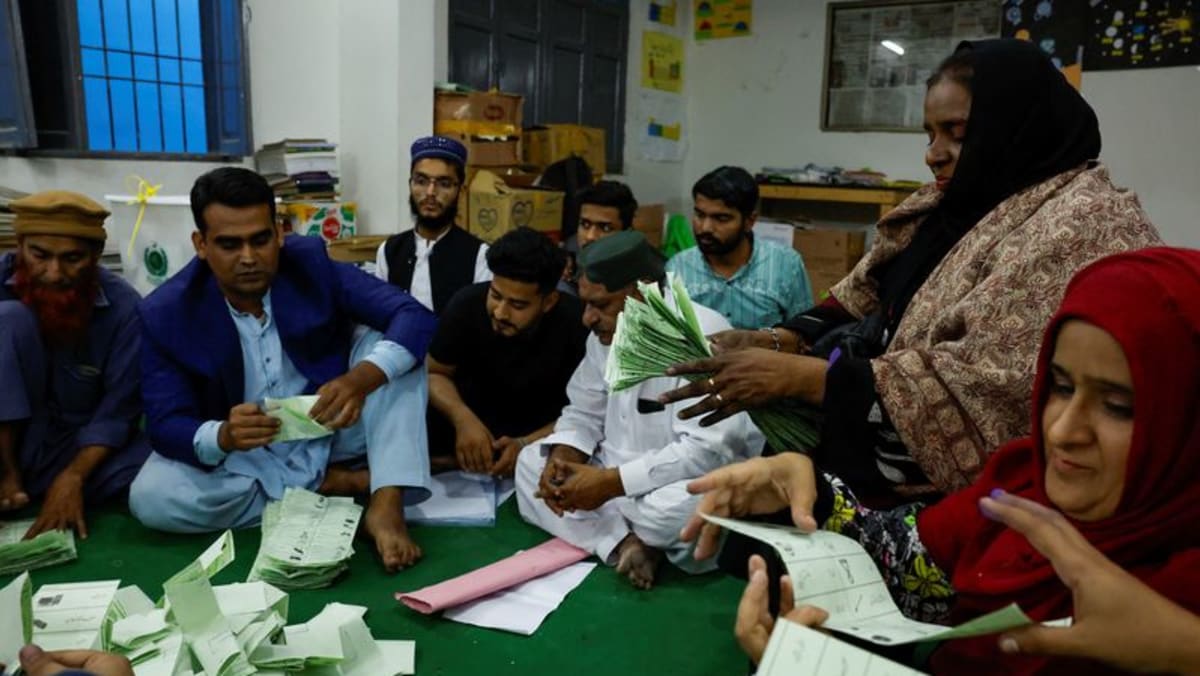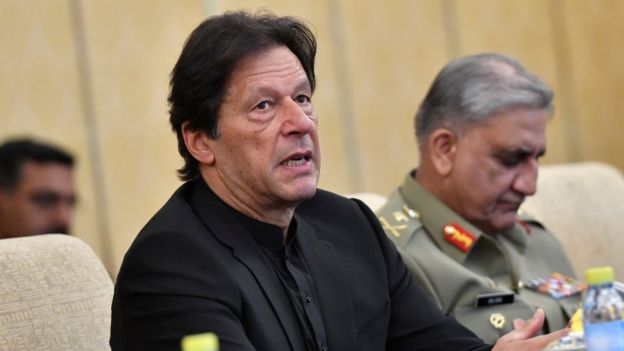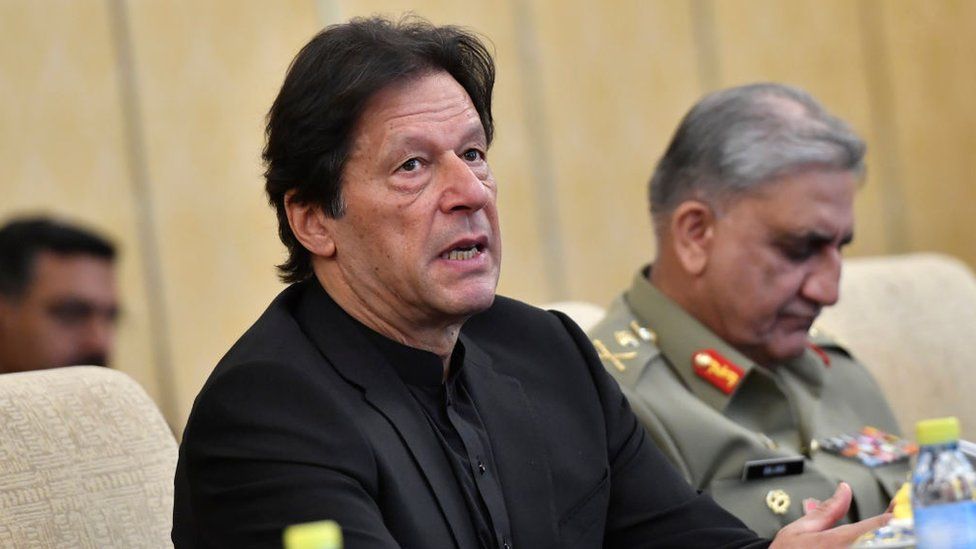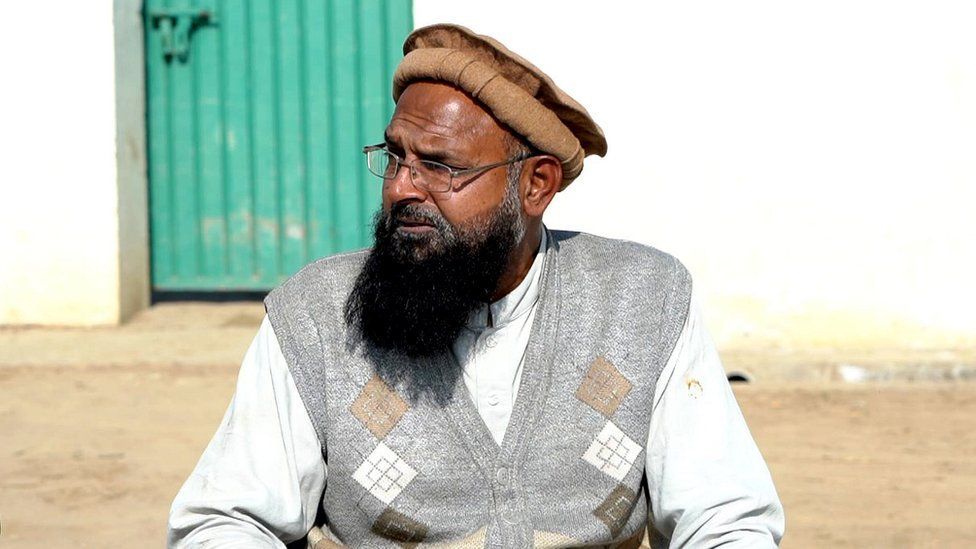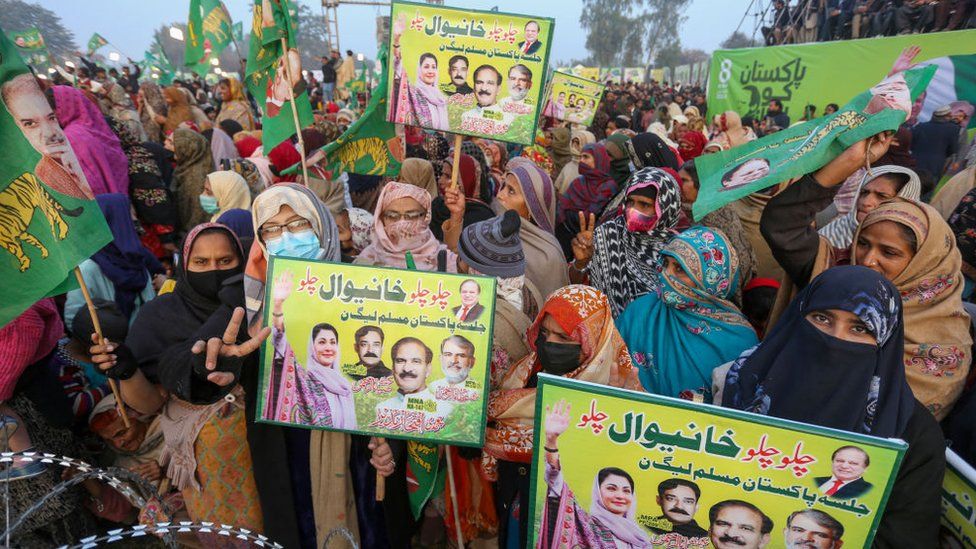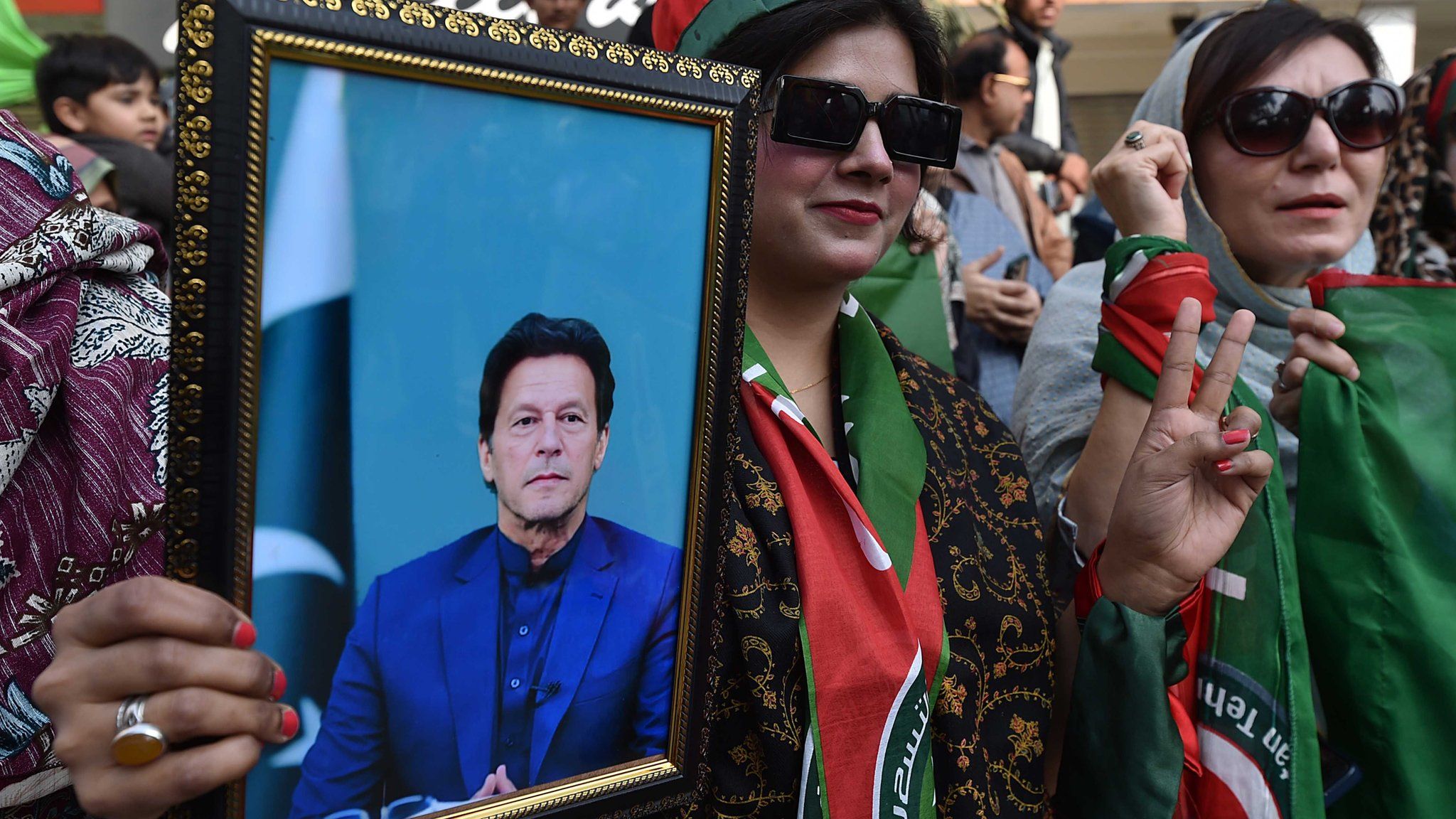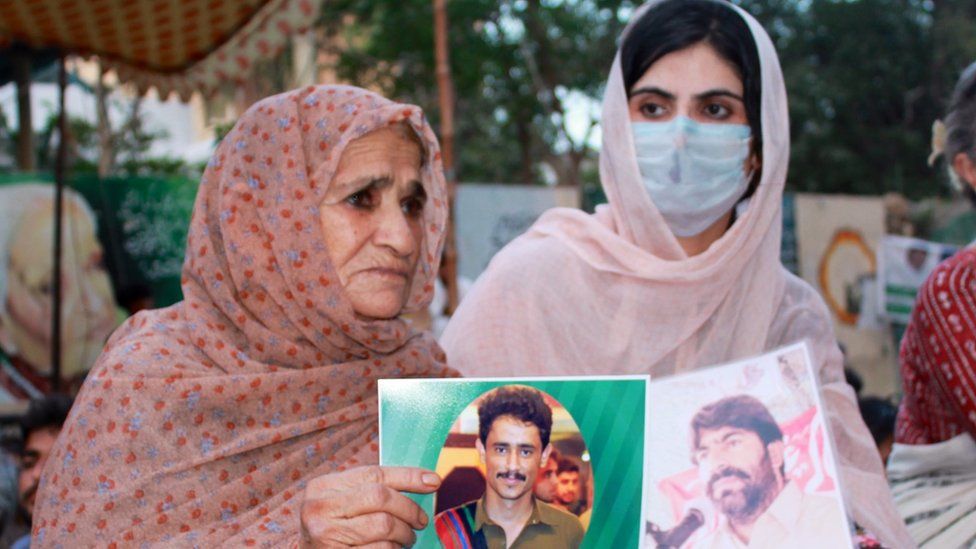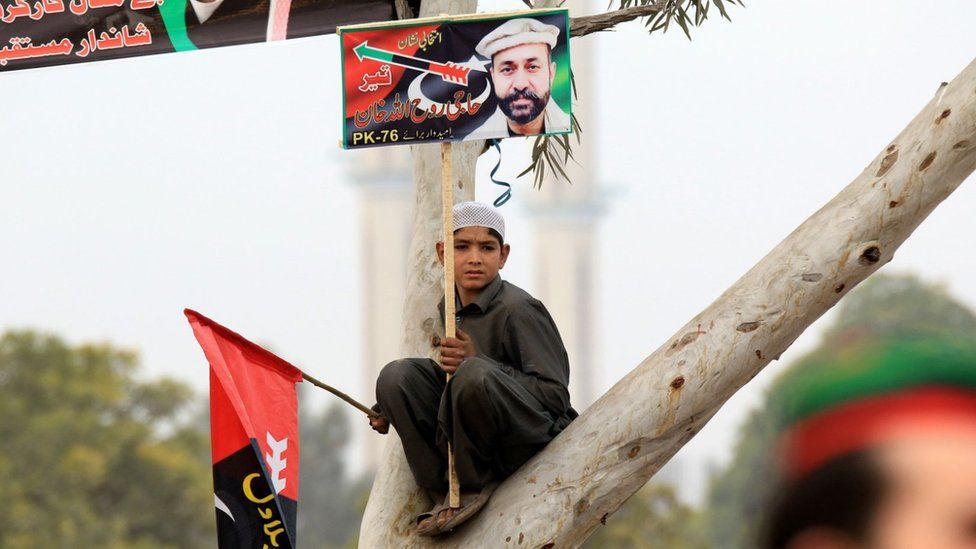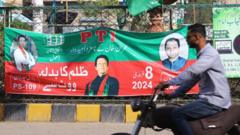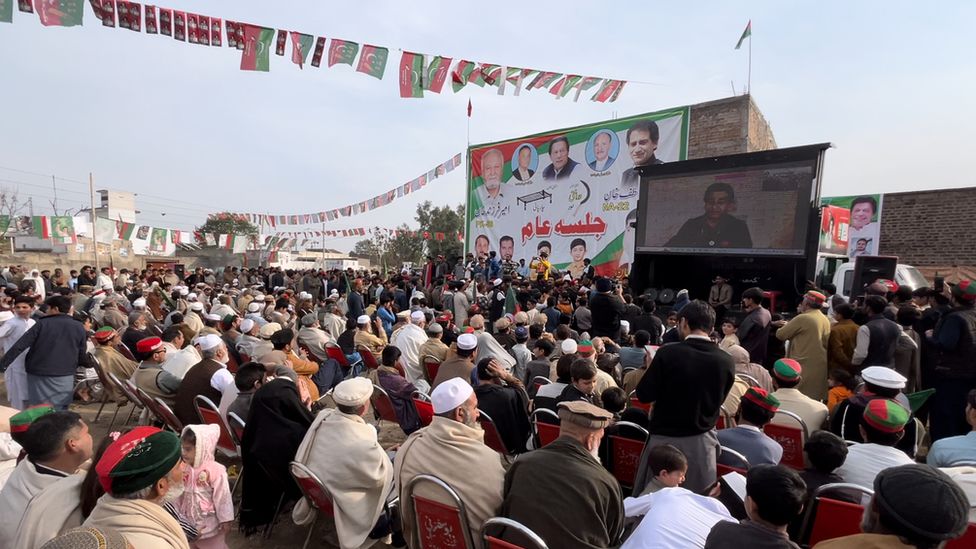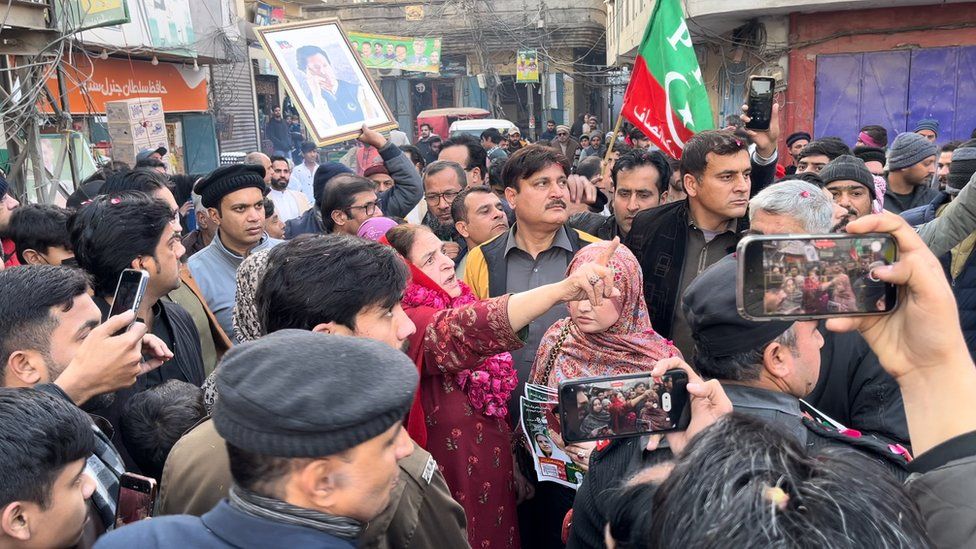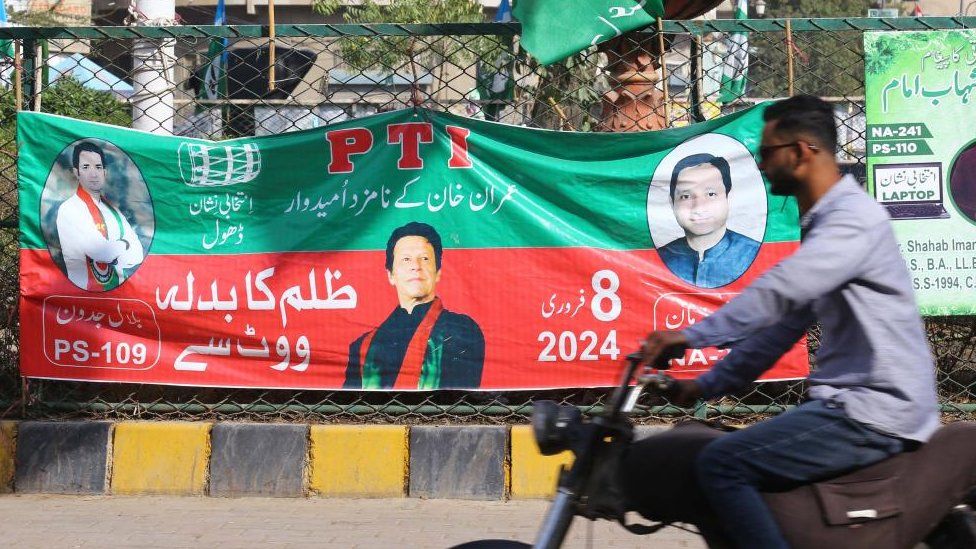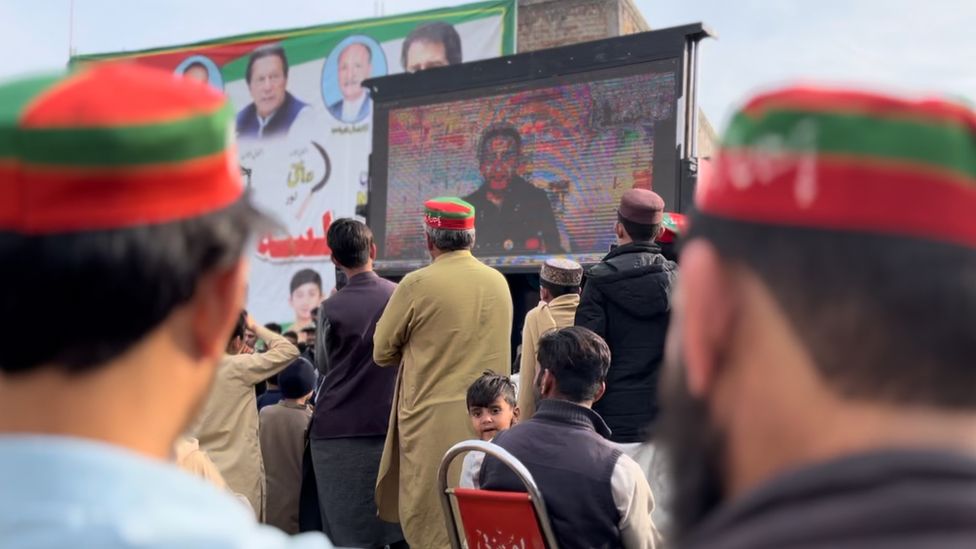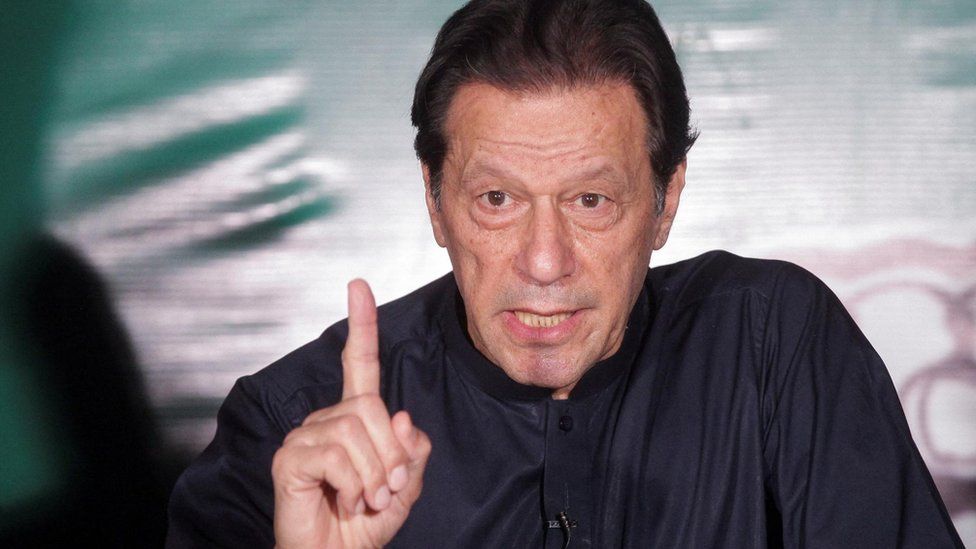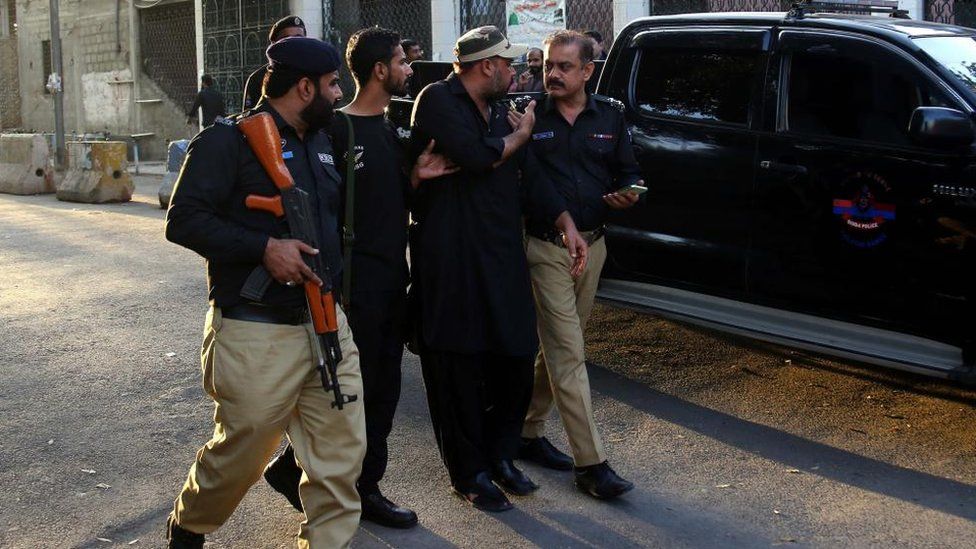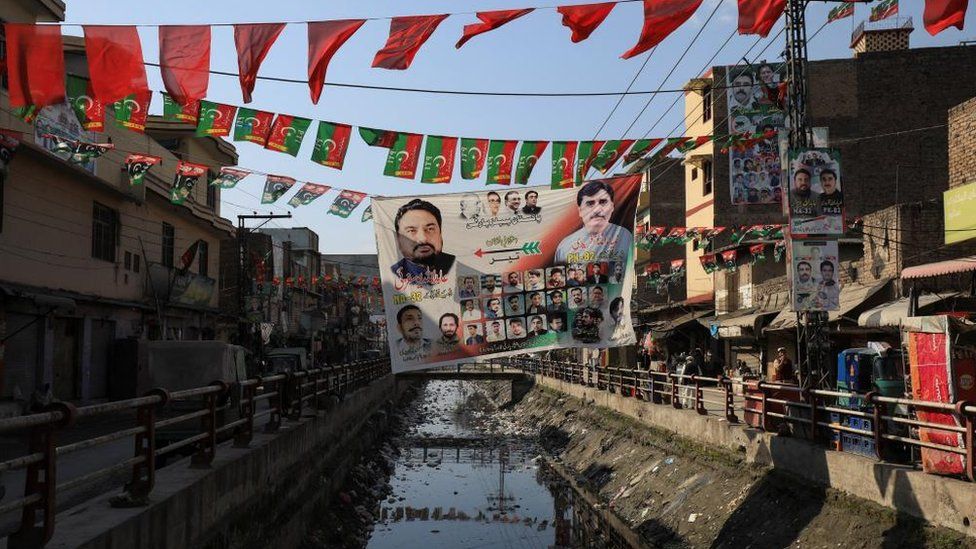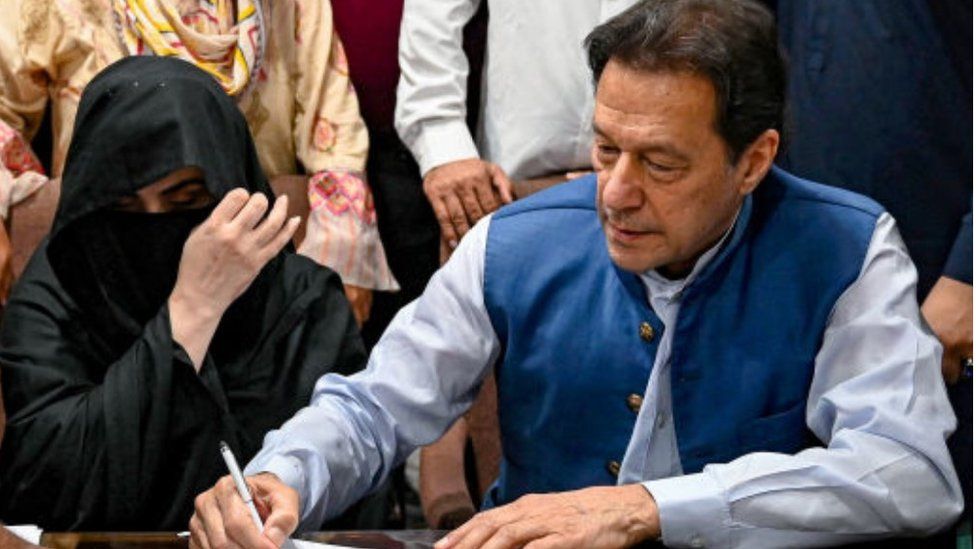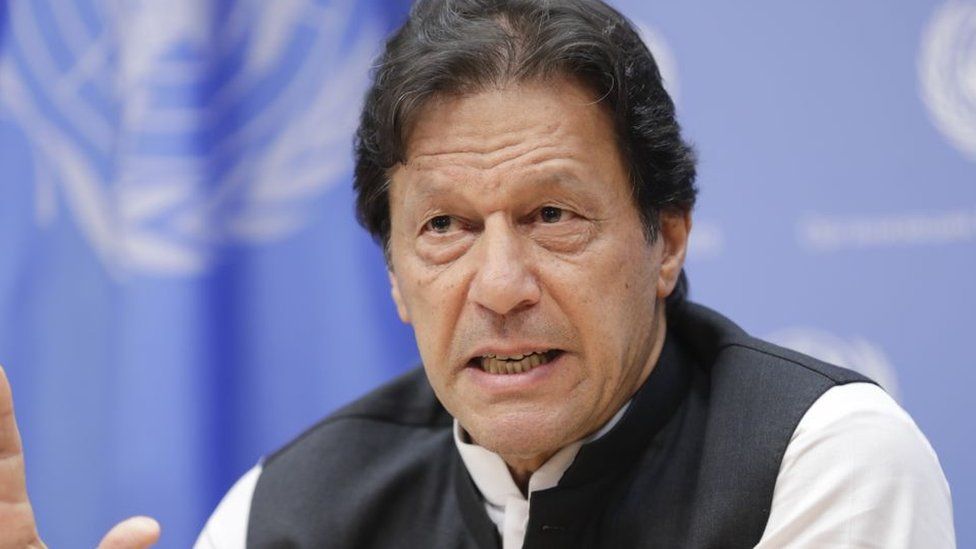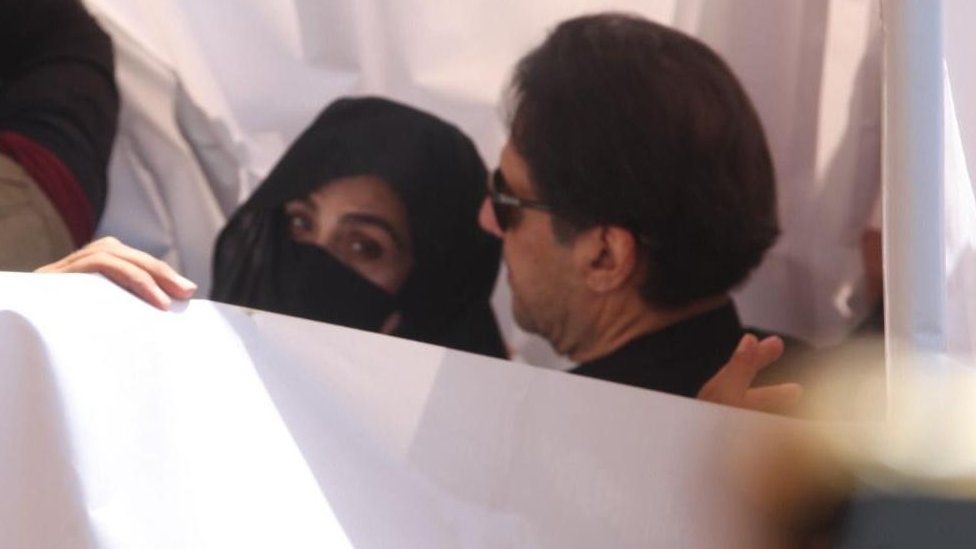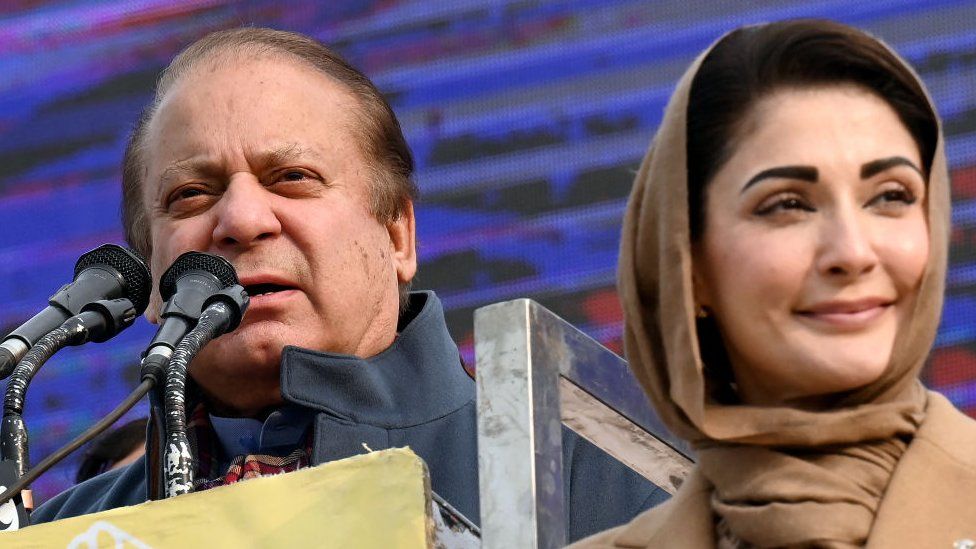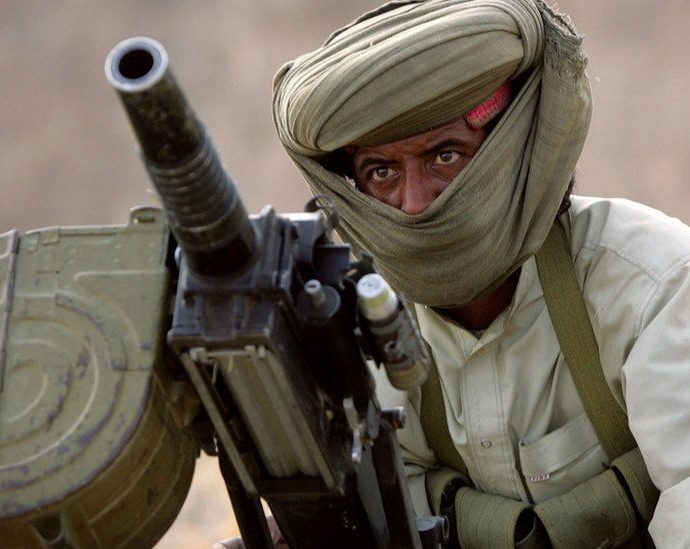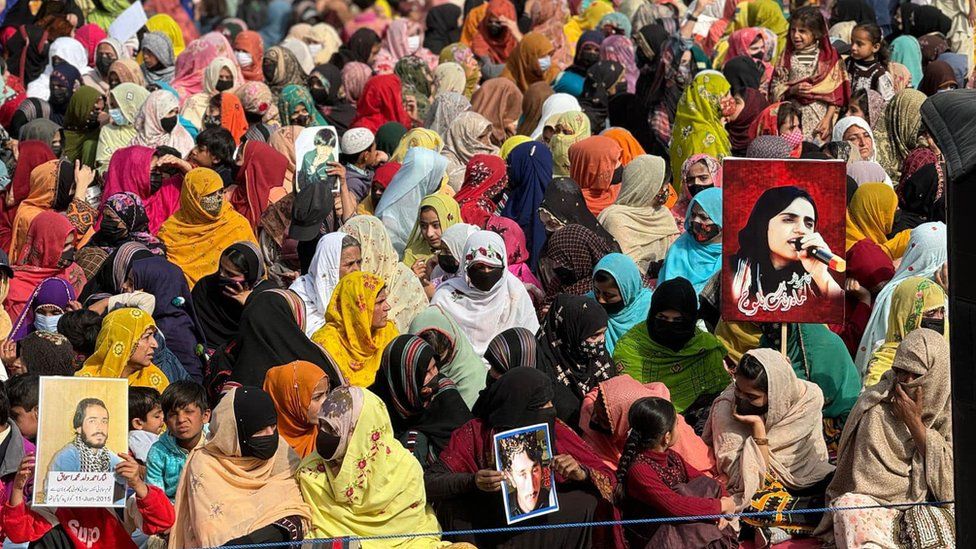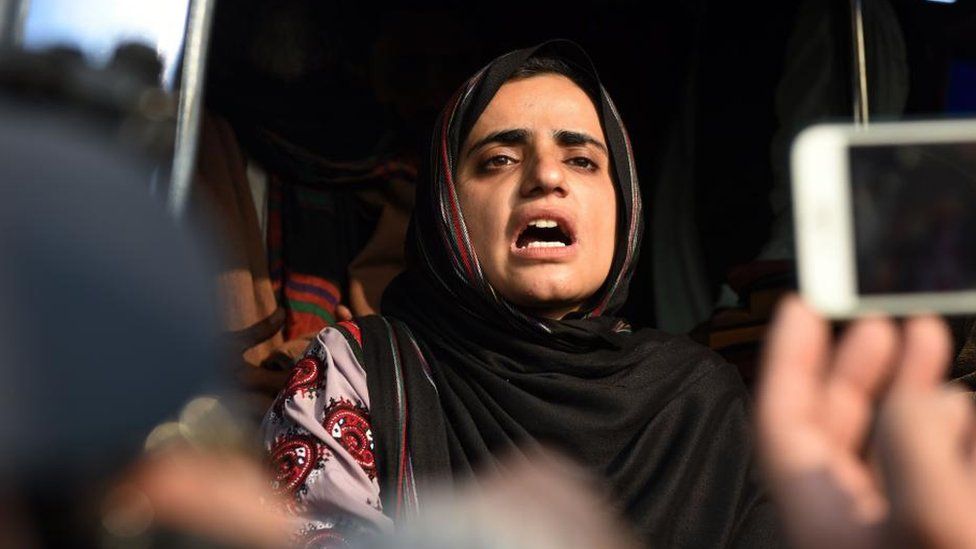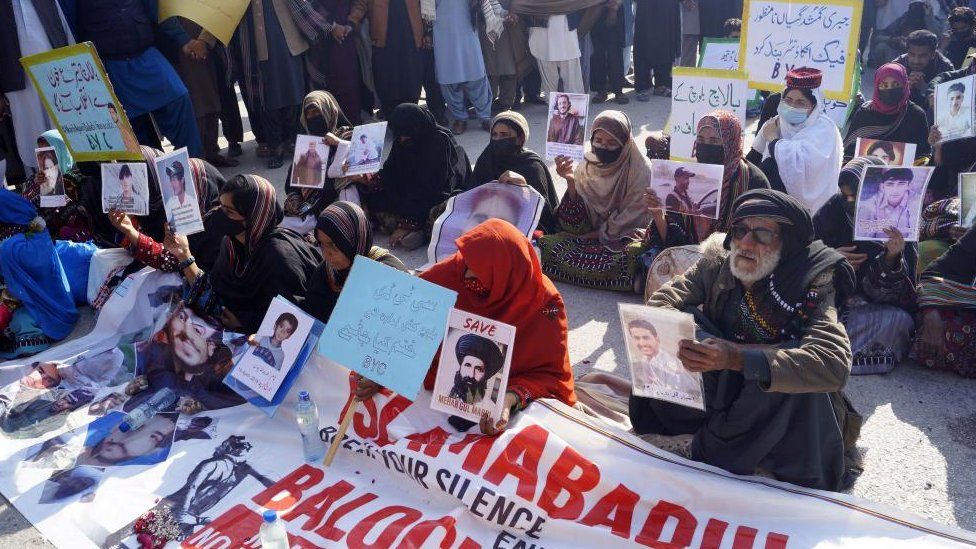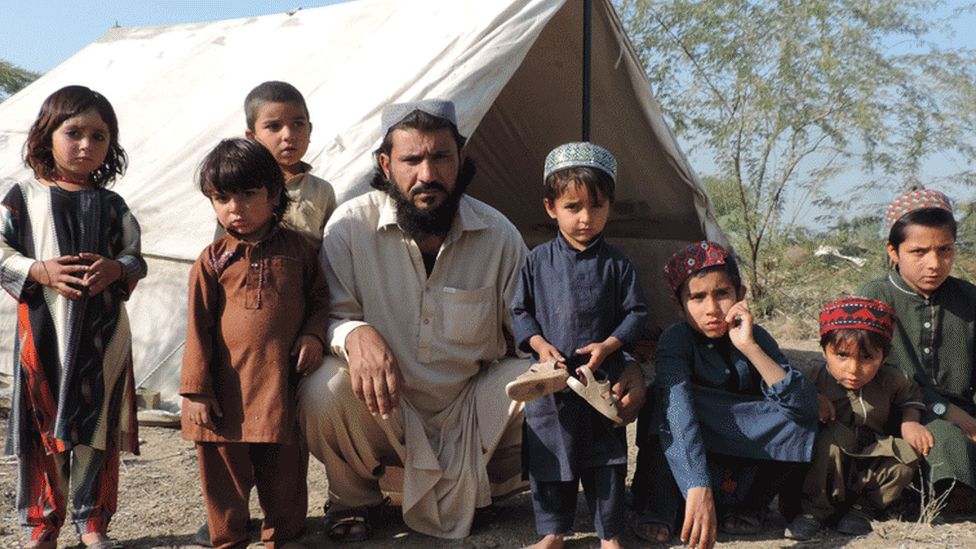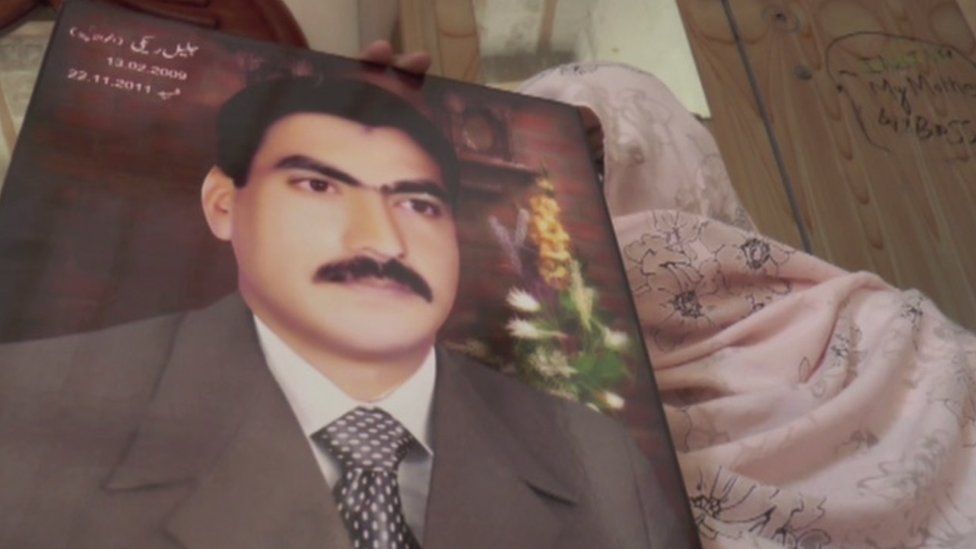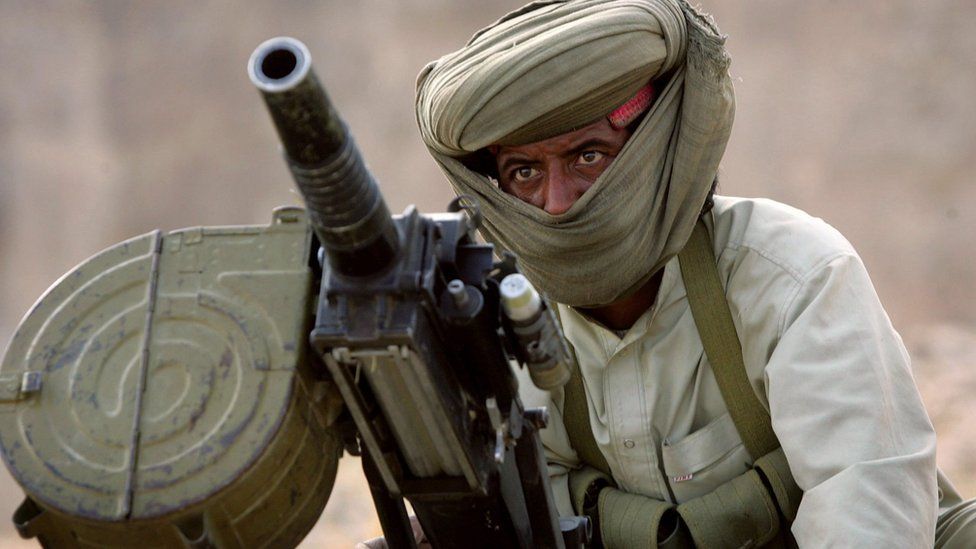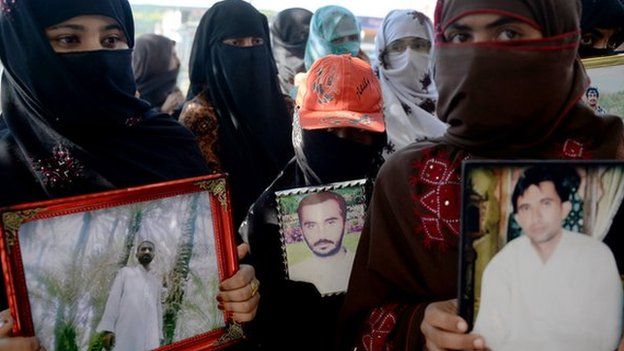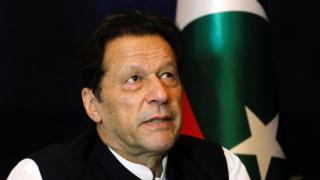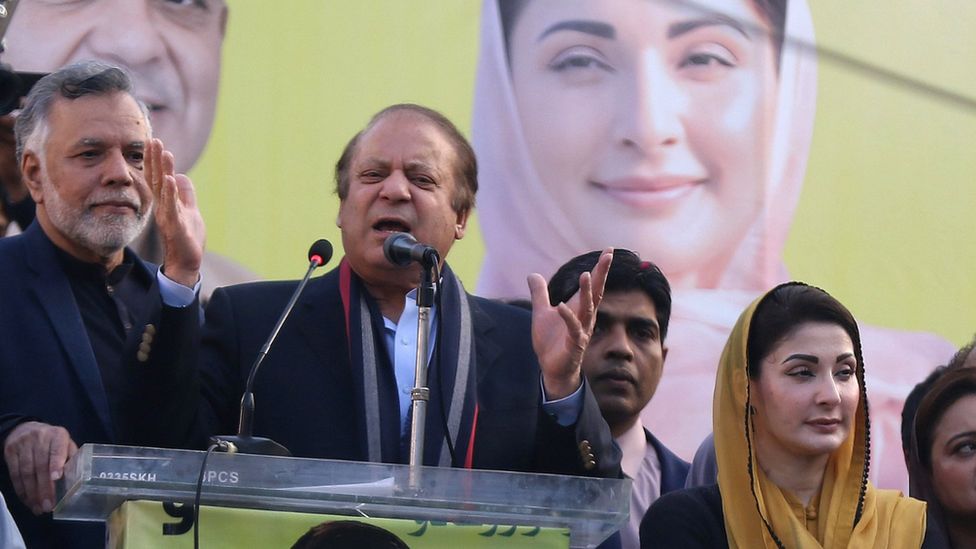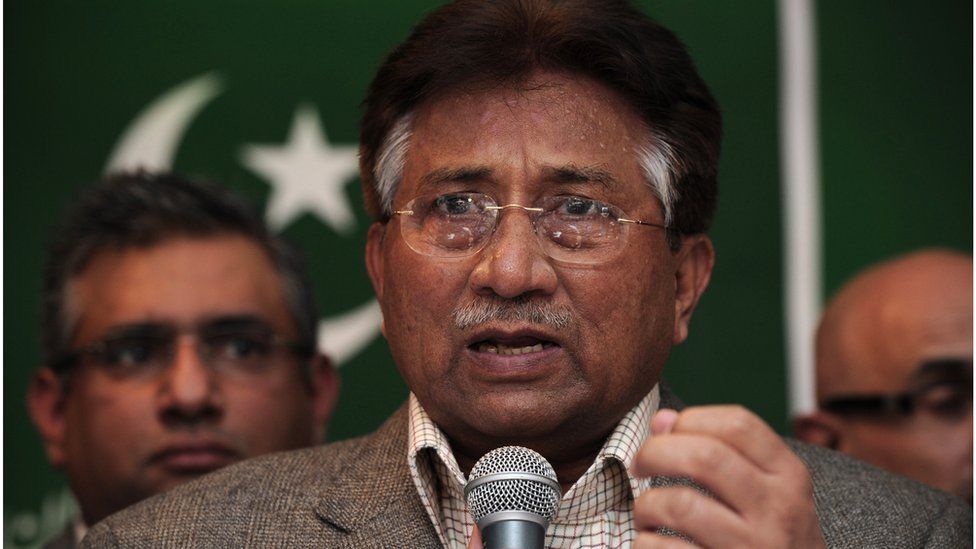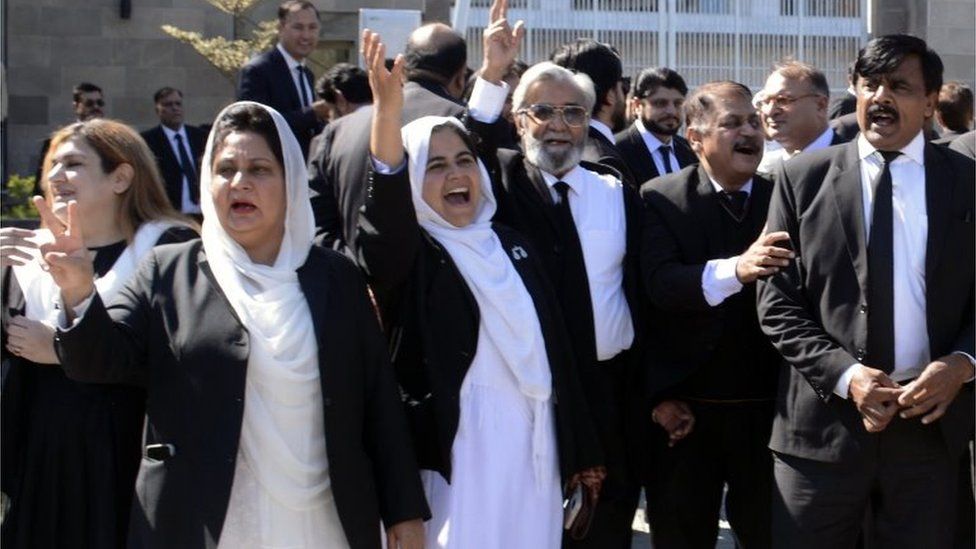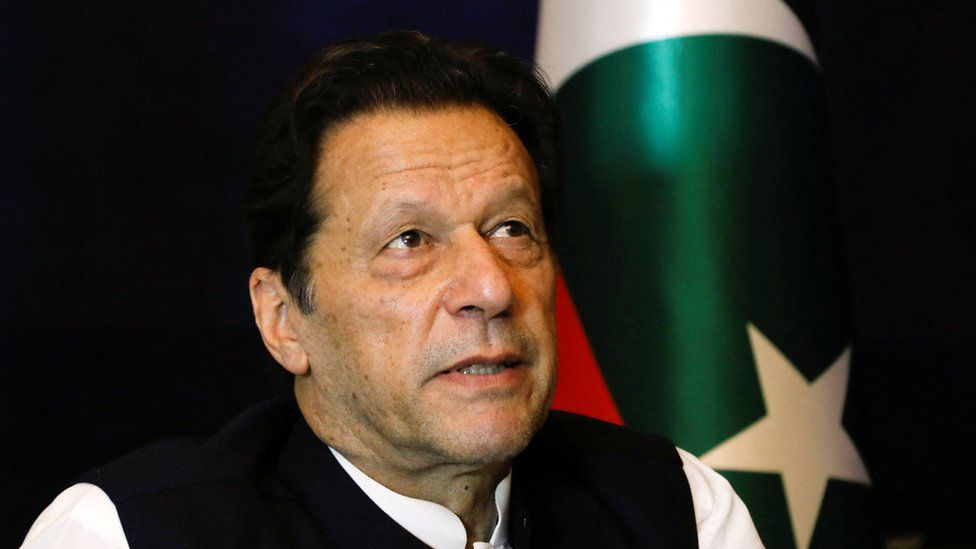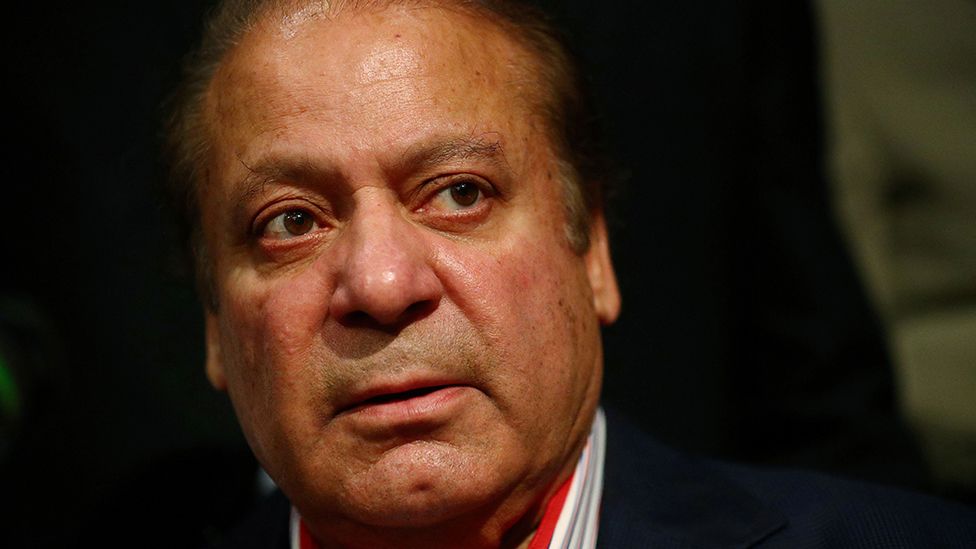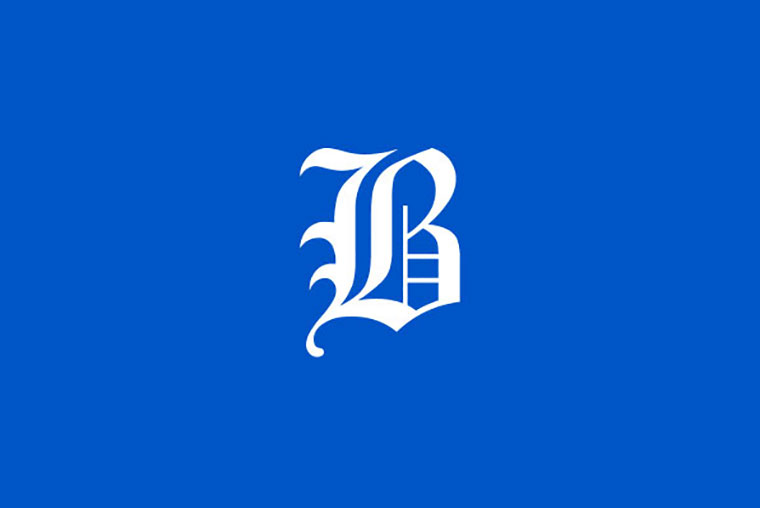Multilateralism a catalyst for sustainable development – Asia Times
The pursuit of the Sustainable Development Goals (SDGs) represents a concerted effort by the international community to confront the most pressing global challenges of our era.
These goals, which were adopted by the United Nations in 2015, articulate a shared vision for achieving a sustainable future that is equitable, inclusive, and resilient. The SDGs are comprehensive, covering a broad spectrum of issues, including poverty, health, education, climate change, and environmental protection.
As a collective framework, they offer a unique opportunity to transform our world by the year 2030, but this transformation demands more than just aspiration; it requires a robust commitment to multilateralism and international cooperation.
The SDGs were designed to be universal, taking into account the different realities, capacities, and levels of development across nations, and respecting national policies and priorities. However, the journey toward achieving these goals has been fraught with challenges.
Complex challenges
The complexity of the SDGs is evident as they encompass a broad range of interrelated issues.
Poverty eradication (SDG 1) remains a persistent challenge, with the World Bank reporting that more than 700 million people still live in extreme poverty, struggling to fulfill the most basic needs such as health, education, and access to water and sanitation.
The pursuit of zero hunger (SDG 2) is another critical challenge, as food insecurity and malnutrition continue to affect millions, compounded by the impacts of climate change on agriculture and food production.
The Covid-19 pandemic had a substantial impact on progress toward good health and well-being (SDG 3), disrupting global public-health achievements and impeding pathways to ensure healthy lives and well-being for all.
The repercussions extended to other SDGs, notably affecting vulnerable groups such as women, youth, and low-wage workers, particularly under SDG 10 (reduced inequalities).
Recognizing the interconnected nature of global challenges, the World Health Organization underscores the significance of strong partnerships where multilateralism is deemed essential for post-Covid recovery, aligning with the SDGs.
In addressing quality education (SDG 4), substantial progress has been made, but disparities in access and quality persist, particularly in sub-Saharan Africa and South Asia.
The United Nations Educational, Scientific and Cultural Organization (UNESCO) has reported that about 258 million children and youth are out of school, indicating a significant gap in achieving inclusive and equitable quality education for all.
The goal of gender equality (SDG 5) is foundational to the SDGs, recognizing that empowering women and girls has a multiplier effect and accelerates progress across all development areas.
The challenges of climate action (SDG 13) are becoming ever more apparent. The Intergovernmental Panel on Climate Change (IPCC) warns of the dire consequences of global warming, which is projected to reach 1.5 degrees Celsius above pre-industrial levels by 2040 if current trends continue.
To mitigate climate change and its impacts, there is an urgent need for significant investments in renewable energy, sustainable infrastructure, and climate-resilient practices.
Collaboration essential
The call for multilateralism in achieving the SDGs is not merely about collaboration but about a fundamental restructuring of international cooperation. It requires a concerted effort to create a global partnership for sustainable development (SDG 17) that is predicated on shared values, visions, and goals.
The United Nations has repeatedly emphasized the need for a renewed approach to multilateralism – one that is more networked, inclusive, and effective.
Financial reform is also a critical aspect of this new multilateralism. There is a significant financing gap in developing countries, which has been exacerbated by the Covid-19 pandemic.
According to the Organization for Economic Cooperation and Development (OECD), achieving the SDGs by 2030 will require an annual investment of about US$6 trillion. Closing this gap will necessitate not only increased aid and domestic resource mobilisation but also innovative financing mechanisms that can leverage private capital.
The digital divide presents another profound challenge in the pursuit of the SDGs. As the International Telecommunication Union (ITU) reports, despite growing Internet penetration, nearly half the world’s population remains offline.
Addressing this divide is crucial for ensuring access to information and knowledge, as well as for the full participation in the digital economy, which can be a lever for development and a means of achieving the SDGs.
In conclusion, the path toward 2030 is complex. Achieving the SDGs requires persistent efforts, innovative solutions, and a renewed commitment to multilateralism.
The world needs to bridge the gap between current realities and the sustainable future we aspire to create. This calls for a paradigm shift in the way nations cooperate, finance development, and embrace technology.
It is only through such transformative changes that the international community can hope to fulfill the ambitious agenda set forth by the SDGs and ensure that no one is left behind.
The vision for a sustainable future is within reach, but it mandates that all stakeholders work together in an unprecedented alliance of shared responsibilities and coordinated action.


